Iran’s economy has come out of recession following two consecutive quarters of growth, says the Central Bank of Iran’s governor.
“The positive growth in the second quarter of the current fiscal year [June 21-Sept. 21, 2020] recurred in the third quarter [Sept. 22-Dec. 20, 2020],” Abdolnasser Hemmati wrote in an Instagram post.
According to the CBI chief, Iran’s GDP rose by 3.9% in the second quarter and stood at 2.9% by excluding crude oil, compared with the corresponding period of the year before.
“I can confidently say today Iran’s economy has weathered tough sanctions and the ensuing recession is repositioned on the path to growth,” he added.
Hemmati noted that the growth experienced by Iran’s economy is especially important since the country has been grappling with the US maximum pressure in recent years, in addition to the pandemic.
He added that a detailed report on Iran’s GDP growth in the third quarter (fall) will be published by CBI within a week.
His account of GDP growth comes after the Statistical Center of Iran put Q3 growth at 0.8% earlier this month.
Growth, excluding oil, was at 0.2% during the three-month period, according to SCI. Details of the center’s report show the “agriculture” sector saw a 5.5% expansion, “industries and mining” grew by 3.7% and “industries and mining sector, excluding oil” expanded by 3.1%. The “services” sector, however, contracted by 1.8% during the third quarter of the current year. “Construction”, which is a subsector of “industries and mining” group, expanded by 8.5%.
The SCI report also showed Iran’s gross domestic product contracted by 1.2% during the nine-month period leading to Dec. 20, 2020 (Q1-3) compared with the corresponding period of the year before.
Economic growth, excluding oil, saw a 1% decline, according to the center, which went on to say the nine-month period saw the “agriculture”, “industries and mining”, and “industries and mining, excluding oil” sectors experienced growth rates of 3%, 0.8% and 2.5% respectively. The services sector contracted by 3.3% and the construction subsector expanded by 3.9%.
SCI vs CBI
The Statistical Center of Iran previously reported that Iran’s gross domestic product saw a contraction of 1.9% in H1 (March 20-Sept. 21). Economic growth, excluding oil, stood at -1.3%. Only the “agriculture” and “industries and mining, excluding oil” sectors experienced growth with 1.7% and 2% respectively. The “industries and mining” contracted by 0.7% and “services” sector contracted by 3.5%.
SCI also reported economic growth in the second quarter of the current year (June 21-Sept. 21): Iran’s GDP expanded by 0.2% in Q2 while it shrank by 0.2% without considering the oil sector. The “agriculture” sector saw a 2.7% expansion and “industries and mining” by 4% while “industries and mining sector, excluding oil” expanded by 4.2%. The “services” sector, however, contracted by 3% in Q2.
However, according to the Central Bank of Iran’s report, economic growth, excluding oil, stood at 1.4% and when factoring in the oil sector it increased by 1.3% in the first six months of the current fiscal year compared with the same period of last year.
“Economic growth, including oil sector, stood at -2.9% and 5.1% in the first and second quarters of the current year respectively,” Hemmati had said.
According to CBI, the “industries and mining” group registered the highest economic growth (based on the constant prices of the year ending March 2012) in the first half of the current fiscal year (March 20-Sept. 21) with 5.4%. The services group contracted by 0.2% in H1 to post the sharpest decline among economic groups.
The CBI breakdown of H1 economic growth rates showed that the sectors of agriculture and oil expanded by 4.4% and 0.8% respectively. Within the “industries and mining” group, the mining subsector grew by 3.5%; “industry” by 6.7%; “electricity, natural gas and water” by 4.5% and “construction” by 4.1%. Within the services group, the “commerce, restaurant and hoteliering” subsector contracted by 0.3%; “transportation, warehousing, and communications” shrank by 0.6%; “services by monetary financial institutions” expanded by 11.9%; “professional real-estate services” grew by 1.1%; “general services” contracted by 5.2% and “social, personal and home services” shrank by 10.2% in H1.
According to SCI, gross domestic product saw a contraction of 3.5% during the first quarter of the current fiscal year (March 20-June 20, 2020) compared with the corresponding period of last year.
Economic growth, excluding oil, stood at -1.7%. A sectoral breakdown of growth rates in the report shows only the agriculture sector experienced growth with a meager rate of 0.1%. The industries and services sectors contracted by 4.4% and 3.5% respectively.
The Central Bank of Iran came up with different figures.
According to Hemmati, Iran's gross domestic product contracted by 2.8% during the first quarter of the current fiscal year (March 20-June 20, 2020) year-on-year.
“A sectoral breakdown of growth rates shows the agriculture sector experienced 3.8% growth, and the industries and mining sector expanded by 2.5%, but the services sector contracted 1.6%, which was quite predictable following the outbreak of coronavirus and restrictions imposed to prevent the spread of the disease,” he wrote in an Instagram post.
Hemmati put Q1 economic growth, excluding oil production, at -0.6%. Iran’s economy is recovering from the pandemic shock. Compared with sanctions-free countries, which only had to deal with the coronavirus, Iran’s economic performance is promising, he added.
Discrepancies were also seen in SCI and CBI reports on Iran's economic growth in the last fiscal year (March 2019-20).
According to SCI, the Iranian economy experienced a -7% contraction in fiscal 2019-20 and shrank by -0.6% without taking oil production into account.
The sectors of "industries and mining", and ""services" saw a respective contraction of 14.7% and 0.3%.
This is while the CBI governor put last fiscal year's growth at -6.5%. Excluding the oil sector, he put the growth at 1.1%.
According to Hemmati, the oil sector shrank by a whopping 38.7% amid sanctions on Iran's oil sales.
The sectors of agriculture and "industries and mine" saw a respective growth of 8.8% and 2.3%, as services contracted by 0.2%, he added.
Iran's gross domestic product shrank by 4.9% in the fiscal 2018-19 compared to the year before, according to SCI, with production of the two groups of "industry" and "agriculture" at -9.6% and -1.5% respectively and services at 0.02% growth. The center put that year's growth without taking oil production into account at -2.4%.
The CBI did not release any report of the fiscal 2018-19 economic growth rate.
Iran’s economy emerged from recession in the fiscal 2014-15 with a 3% growth after two years of recession when the economy contracted by 5.8% and 1.9% back to back, according to the Central Bank of Iran.
Growth in 2015-16 has been put at -1.6% by CBI and 0.9% by SCI.
The CBI has put 2016-17 growth at 12.5% while SCI says it was much lower and near 8.3%.
World Bank, IMF Forecasts
The World Bank expects Iran’s economy to bounce back from negative growth in 2021 with 1.5% expansion in gross domestic product.
In its latest Global Economic Prospects report published in the new year, the bank estimated the Iranian economy shrank by 3.7% in 2020.
The new forecast and estimate show -0.6% and 1.6% changes compared to June 2020 projections.
The World Bank also expects growth to increase to 1.7% in 2022.
According to the new report, the Iranian economy saw -6.8% and -6% growth in 2019 and 2018.
“Growth in the Islamic Republic of Iran is expected to recover due to rebounds in domestic consumption and tourism and moderating disruptions from Covid-19,” the report reads.
The International Monetary Fund also expects Iran's economy to return to growth in 2021.
In its latest World Economic Outlook report, the IMF forecasts 3.2% growth for Iran's GDP this year. The 2020 estimate by the international organization, headquartered in Washington, D.C., is at -5%.
According to IMF, the Iranian GDP contracted by 6.5% in 2019.
The previous World Economic Outlook reported that the real GDP registered a 3.1% growth in 2021 after a contraction of -6% in 2020. It said the Iranian economy shrank by -7.6 in 2019.
"The Covid-19 pandemic is inflicting high and rising human costs worldwide. Protecting lives and allowing health care systems to cope have required isolation, lockdowns and widespread closures to slow the spread of the virus. The health crisis is, therefore, having a severe impact on economic activity. As a result of the pandemic, the global economy is projected to contract sharply by –3% in 2020, much worse than during the 2008–09 financial crisis. In a baseline scenario, which assumes that the pandemic fades in the second half of 2020 and containment efforts can be gradually unwound, the global economy is projected to grow by 5.8% in 2021 as economic activity normalizes, helped by policy support," reads the previous report.
"There is extreme uncertainty around the global growth forecast. The economic fallout depends on factors that interact in ways that are hard to predict, including the pathway of the pandemic, the intensity and efficacy of containment efforts, the extent of supply disruptions, the repercussions of the dramatic tightening in global financial market conditions, shifts in spending patterns, behavioral changes [such as people avoiding shopping malls and public transportation], confidence effects, and volatile commodity prices. Many countries face a multi-layered crisis comprising a health shock, domestic economic disruptions, plummeting external demand, capital flow reversals, and a collapse in commodity prices. Risks of a worse outcome predominate."


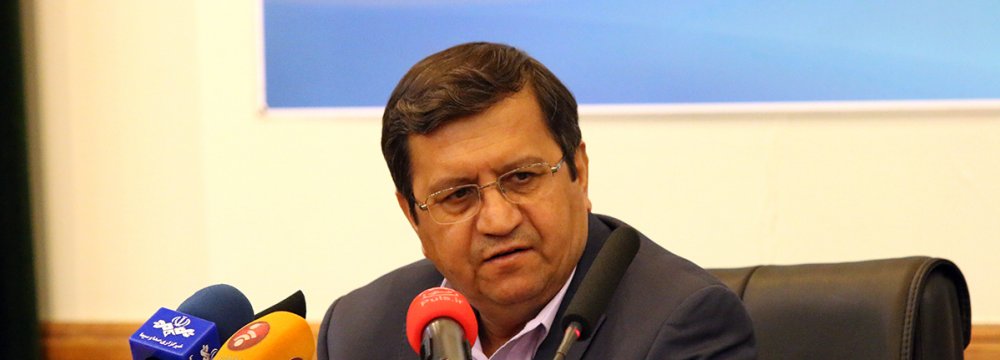
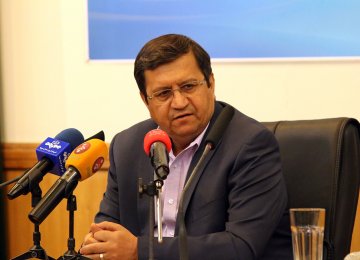
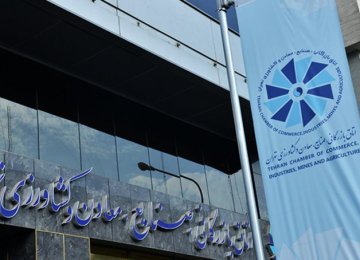
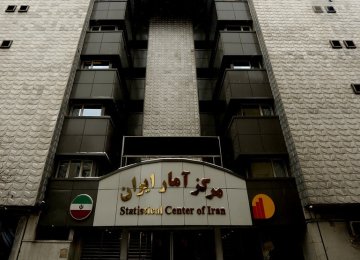
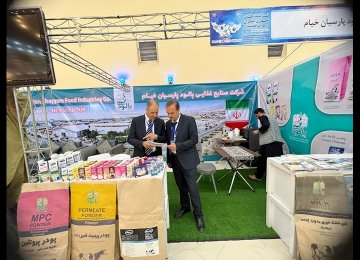
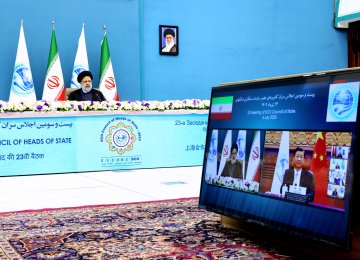
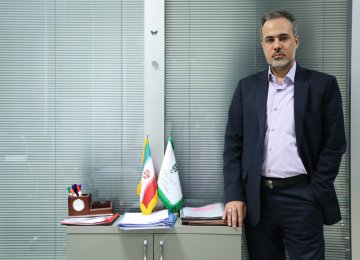
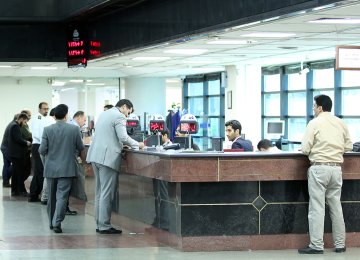
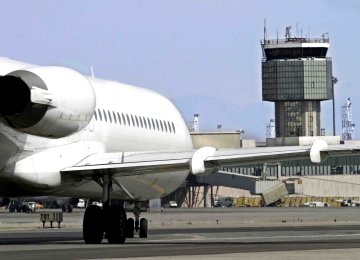


Add new comment
Read our comment policy before posting your viewpoints